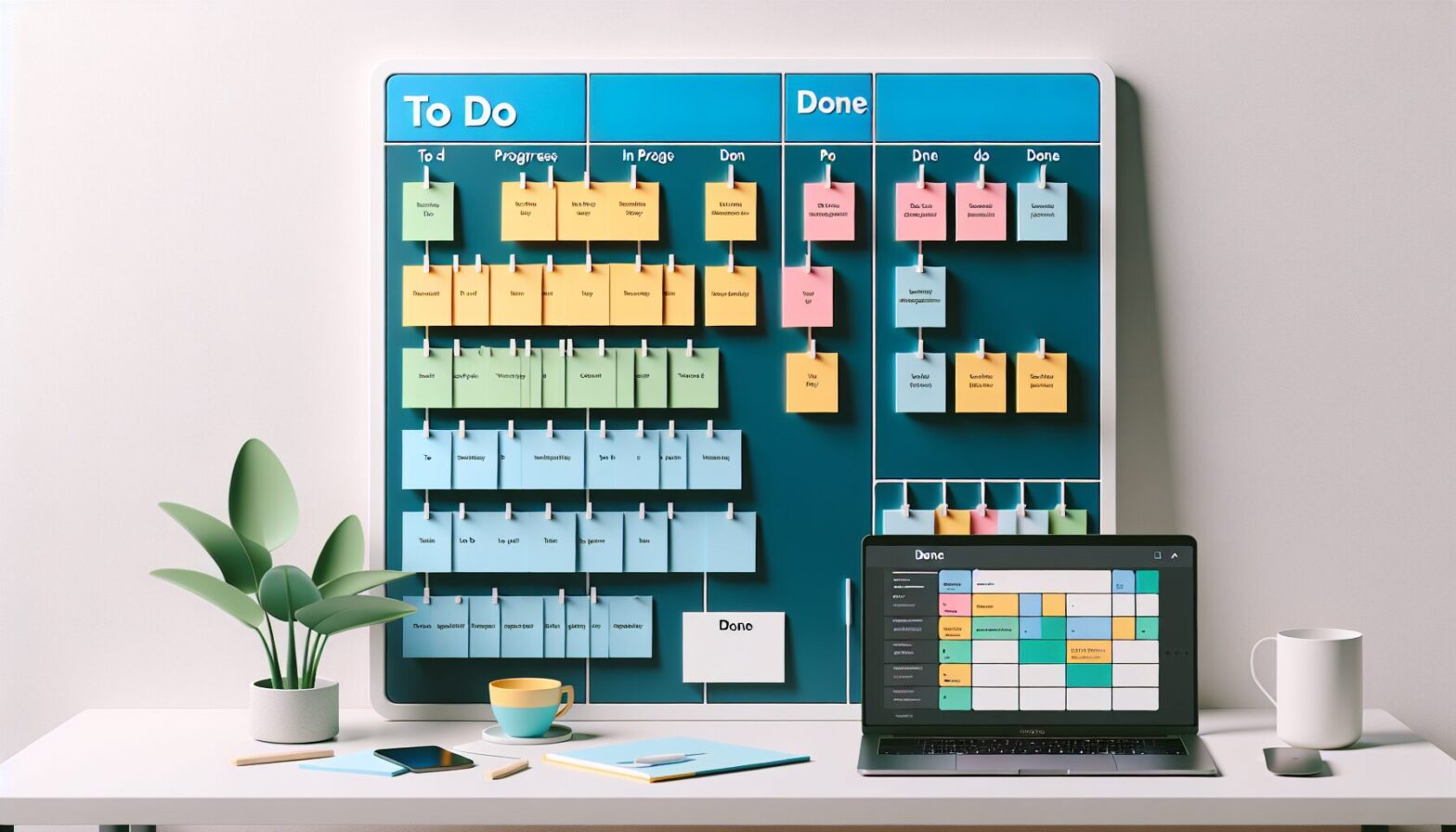Understanding T-Card Project Management
T-Card project management is a simple yet powerful visual tool used to track tasks, deadlines, and responsibilities within a project. Originating from manufacturing and maintenance sectors, the system utilises physical or digital cards arranged on a board, each representing a distinct task or work item. The ‘T’ shape of the cards allows for easy visibility of key information such as task status, priority, and assignee.
This approach is particularly effective because it provides an immediate overview of progress and bottlenecks without overwhelming users with complex software interfaces. Each card moves through stages or columns representing different phases of the project, making it easy to spot where attention is needed. For individuals managing multiple projects or tasks, the T-Card system offers a tangible way to prioritise and visualise workload.
Importantly, the tactile element of physically moving cards can improve engagement and memory retention. The physical interaction helps reinforce the sense of accomplishment as tasks move from ‘To Do’ to ‘Done’. This characteristic makes T-Cards an excellent tool not only for teams but also for personal productivity.
How T-Cards Enhance Personal Productivity
At its core, productivity is about managing time and tasks effectively. T-Cards help by breaking down larger projects into manageable chunks that are visually trackable. When you can see your workload laid out clearly, it reduces mental clutter and decision fatigue about what to tackle next.
Using T-Cards encourages prioritisation. By assigning different colours or tags to cards based on urgency or importance, you can focus your energy where it matters most. This visual hierarchy prevents low-priority tasks from overshadowing critical deadlines.
Another productivity benefit lies in accountability. When you commit to moving a card forward, it becomes a concrete step towards goal achievement. This momentum-building aspect combats procrastination and maintains steady progress. Additionally, regularly updating your T-Card board becomes a ritual that reinforces discipline and mindfulness about your time management.
Integrating T-Cards with Digital Tools
While traditional T-Cards are physical cards on a board, many professionals now combine this system with digital project management tools. Apps like Trello or Jira mimic the T-Card layout with virtual cards and boards, adding features like notifications, collaboration, and analytics.
The hybrid approach leverages the best of both worlds: the simplicity and clarity of visual task tracking with the flexibility and connectivity of digital platforms. For personal productivity, this means you can access your task board anywhere, set reminders, and integrate with calendars without losing the intuitive feel of the T-Card method.
Moreover, digital tools enable data collection on your working patterns. By analysing how long cards remain in each phase, you can identify productivity bottlenecks or distractions. This insight supports continuous improvement in how you manage your time and tasks.
Conclusion: Why T-Cards Still Matter in a Digital World
Despite the surge of sophisticated project management software, T-Cards remain relevant because they cater to our natural preference for visual and tactile organisation. Whether physical or digital, they simplify complex projects into clear, actionable steps that enhance personal productivity.
By improving task visibility, supporting prioritisation, and fostering accountability, T-Cards help individuals take control of their workload with less stress. Their adaptability to both simple personal to-do lists and complex project workflows makes them a versatile tool in any productivity arsenal.
In embracing T-Cards, you’re not just adopting a method but cultivating a mindset focused on clarity, progress, and balance—key ingredients for sustained productivity success.
Notes
- Visual task management systems like T-Cards can improve task completion rates by up to 25%.
- Physical interaction with task cards increases memory retention compared to digital-only methods.
- Over 60% of project managers report enhanced team communication when using visual tools like T-Card boards.
- Combining physical and digital T-Card systems can reduce procrastination by providing constant visual reminders.
